Do you think this is Photoshop? No, it’s not. The full story is right after the jump.
African black rhinos are critically endangered as poaching for their horns is out of control these days. In South Africa alone, 341 rhinos were killed in 2011, up from 333 for all of 2010.
The conservation group WWF helped South African government to protect black rhinos by transporting them from the Eastern Cape to the northern Limpopo province, 1000 miles away, by air.
WWF gave rhinos the upside-down helicopter ride. Of course, veterinarians prepared animals for their “blindfolded and sedated” helicopter lift.
Even though it sounds uncomfortable, experts assure that this is easier on them than other means of transportation.
The mammoth cargo included males that were nearly 4 meters long, and weighed up to 2,000 kilos.
The South African Kragga Kamma Game Park workers also protect rhinos by sawing off their horns.
Horns are very popular on the black market.
Rhinos without their precious horn are most likely not to be poached.

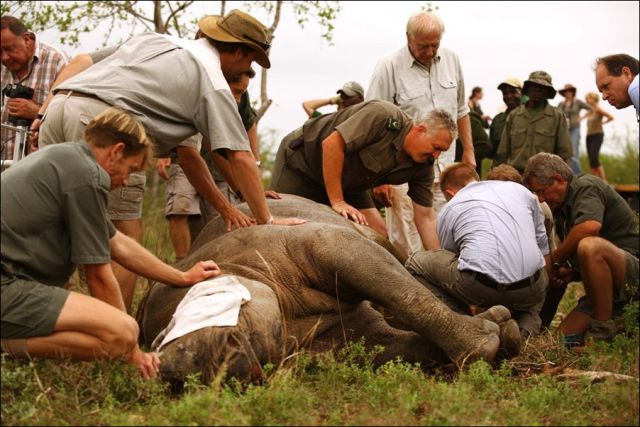
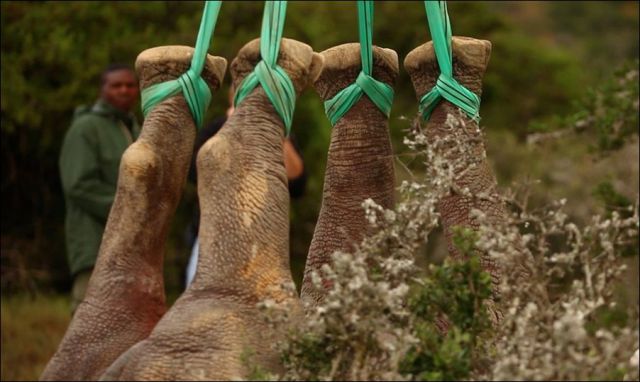
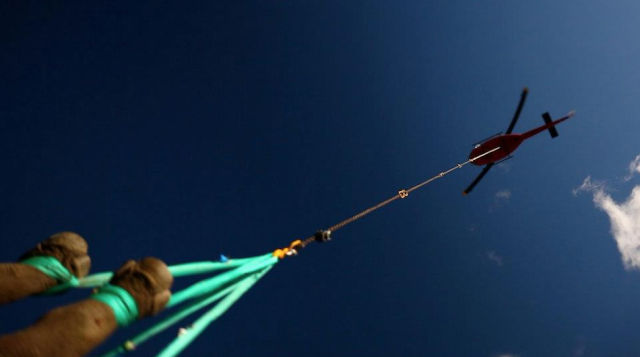
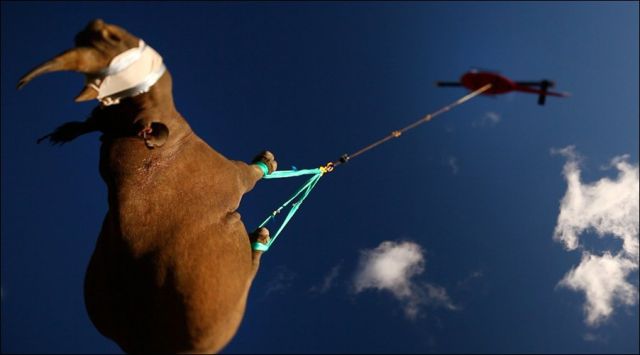

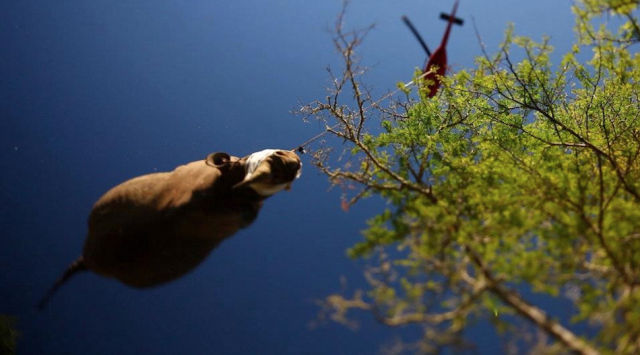
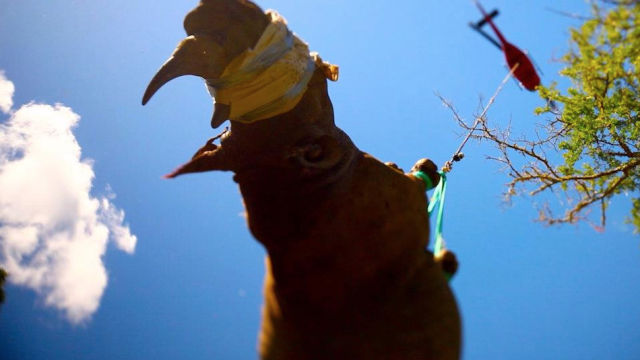
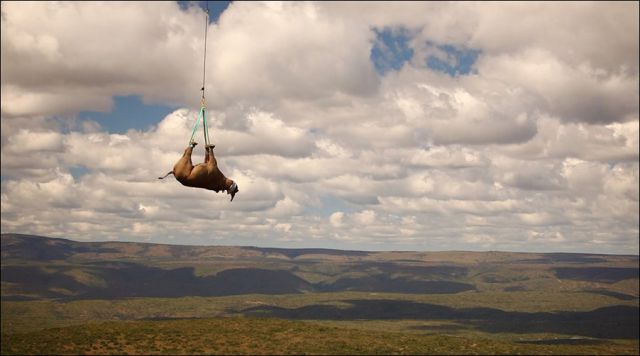


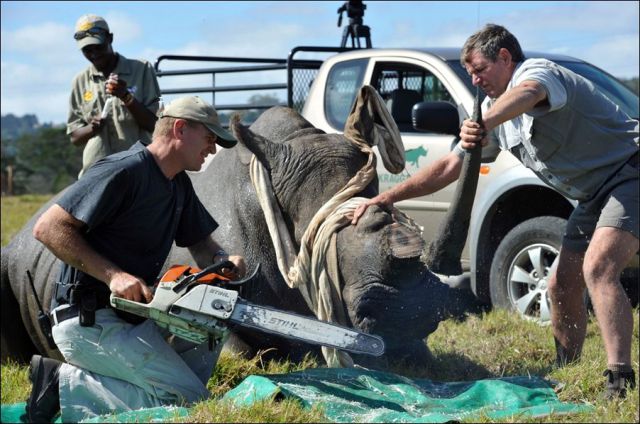
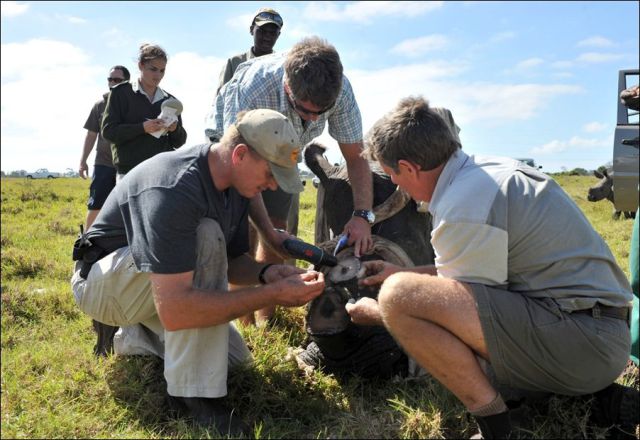
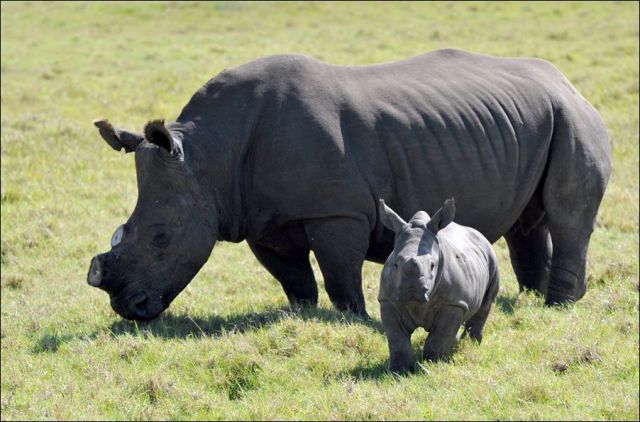



rhino horns are a keratin-protein build up, last i checked. like fingernails, etc. there are no nerve cells involved. the main discomfort to the animal would be a missing tool that they used to own, not any physical pain.
the biggest problem with conservation is leaving room for people to use it while protecting the environment and its animals. you cannot tell humans an absolute no or it leads to blatant disregard of the rules set forth. something really important people should draw from this is how it is so hard to protect even a flagstone species like the rhino. the rhino is an animal everyone is familiar with and willing to help. the real challenge is with smaller less noticeable species. conservation can become about half as difficult if the general public is concerned.